Sotho Traditional Attire 2024 For African Ladies
Sotho Traditional Attire 2024 For African Ladies
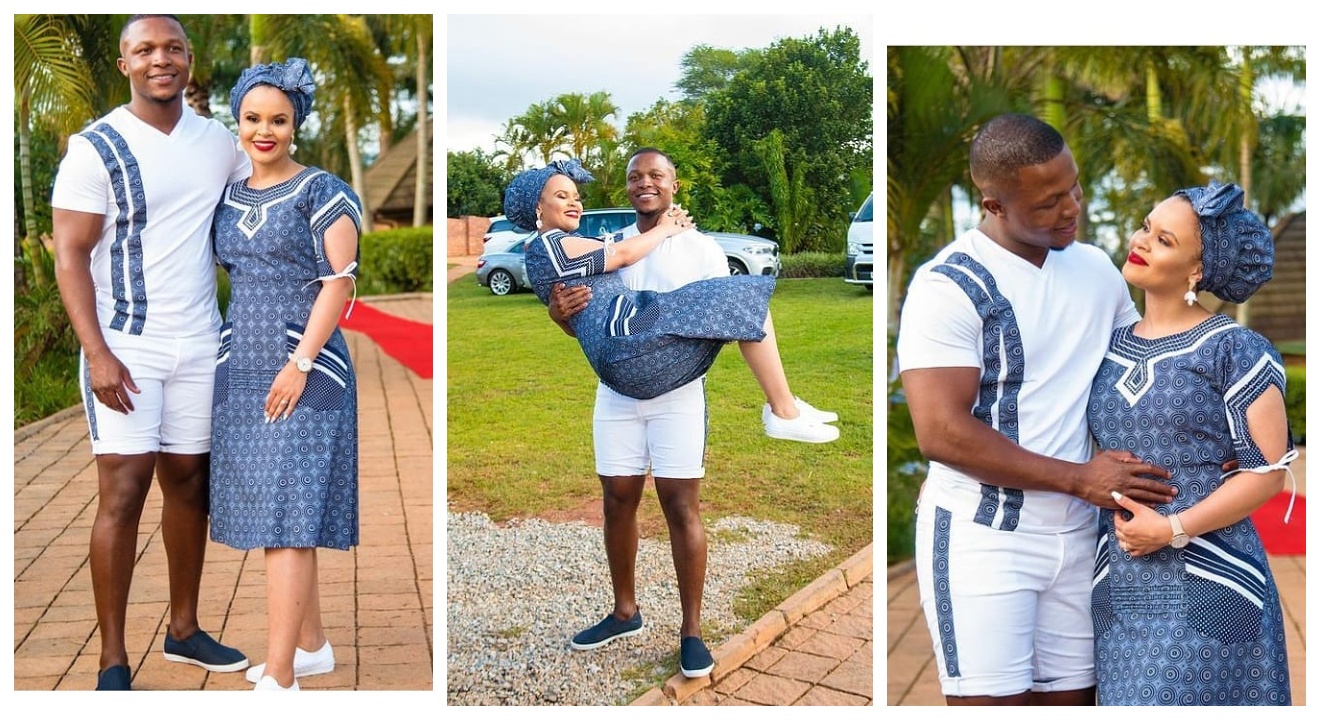
Importance of Sotho Traditional Attire
Preserving Cultural heritage through Sotho Traditional Attire
Sotho Traditional Attire plays a crucial role in preserving the rich cultural heritage of the Sotho people. This traditional attire reflects the customs, beliefs, and values of the community and carries a sense of identity and pride. By wearing and promoting Sotho Traditional Attire, African ladies can contribute to the preservation and celebration of their cultural roots.

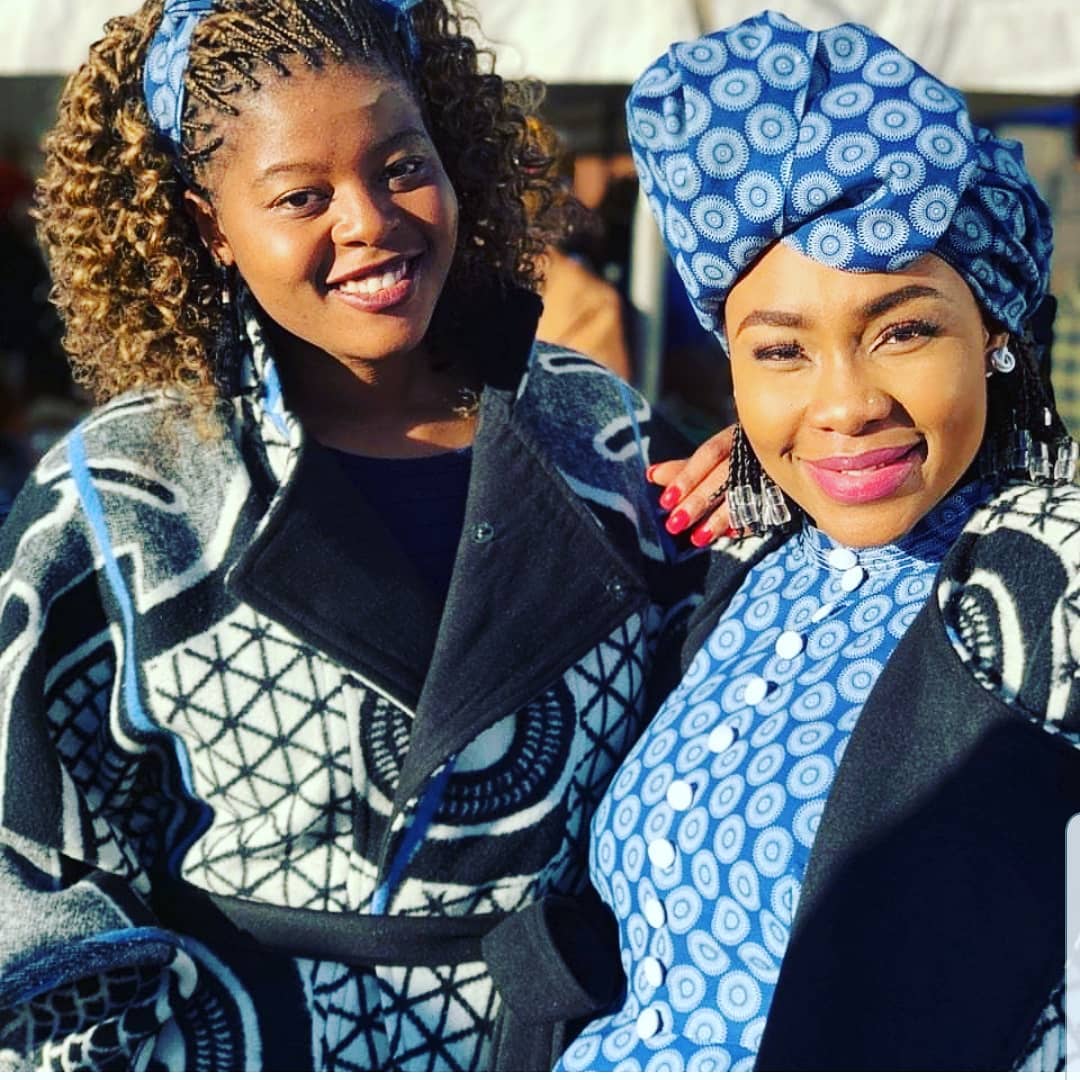
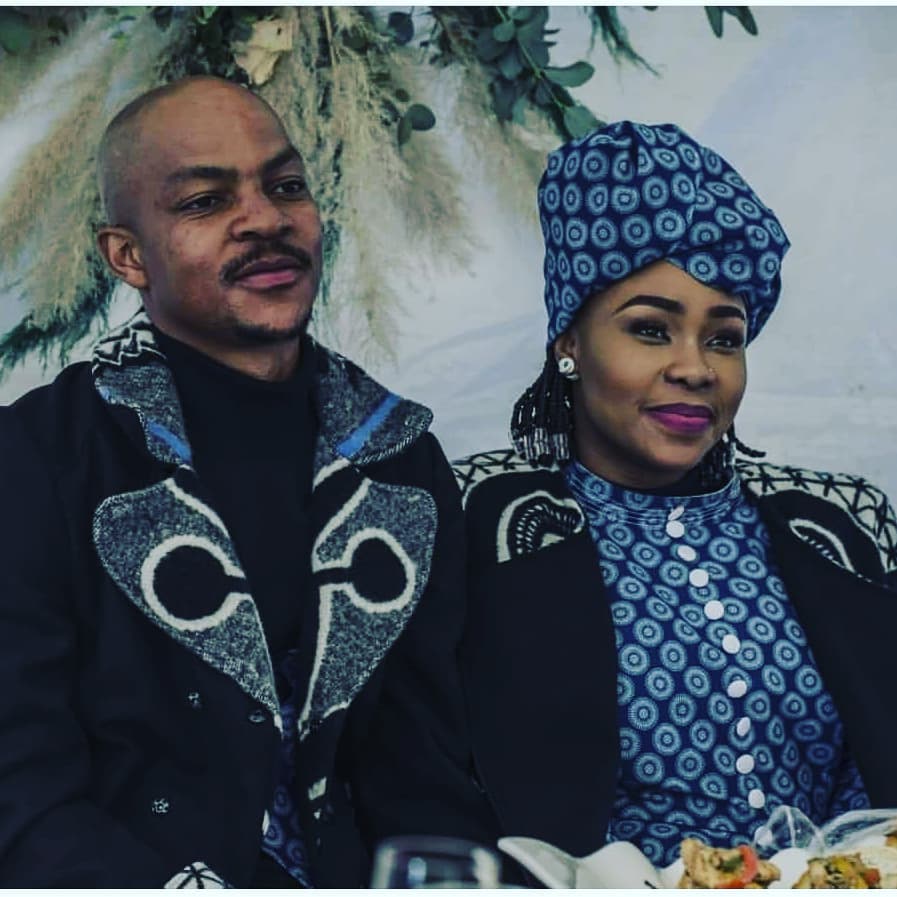
Symbolism and Meaning behind Sotho Traditional Attire
Each element of Sotho Traditional Attire holds significant symbolism and meaning. From the vibrant colors to the intricate patterns, every detail represents a story or a particular aspect of the Sotho culture. The clothing designs often depict historical events, spiritual beliefs, and social status. By embracing and adorning themselves with Sotho Traditional Attire, African ladies can communicate and portray their cultural heritage to the world, creating a strong sense of pride and unity.
Sotho Traditional Attire is not just a fashion statement, but a powerful tool for cultural preservation and self-expression for African ladies.
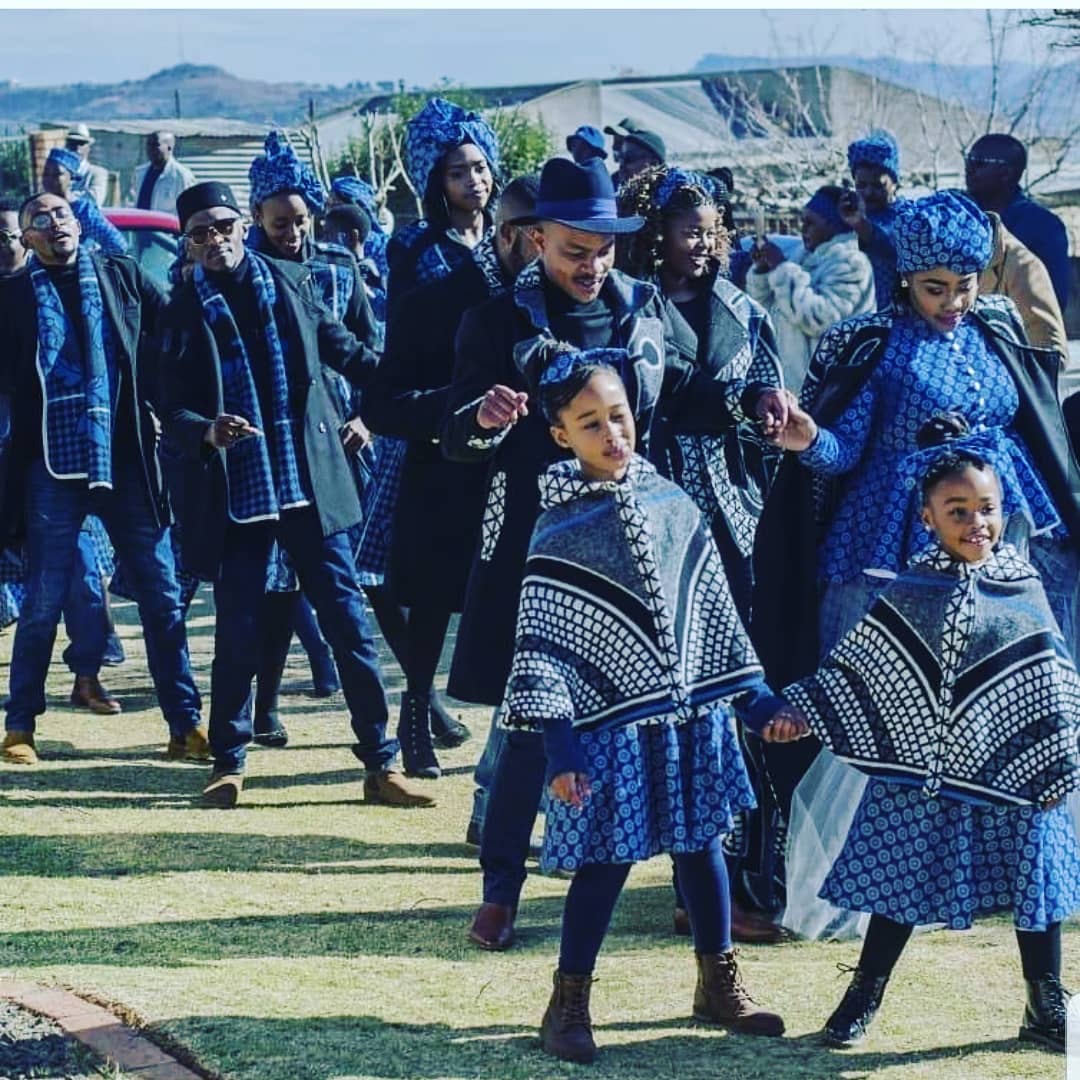

Traditional Dresses
Different Types of Sotho Traditional Dresses
Sotho Traditional Attire for African ladies is a vibrant and diverse collection of dresses that showcase the beauty and uniqueness of the Sotho culture. There are different types of Sotho Traditional Dresses, each with its own style and purpose. One of the most popular types is the “Seshoeshoe” dress, which is known for its colorful geometric patterns and bold designs. Another type is the “Mokorotlo” dress, which features a distinctive hat-like headpiece and is often worn during special occasions and celebrations.
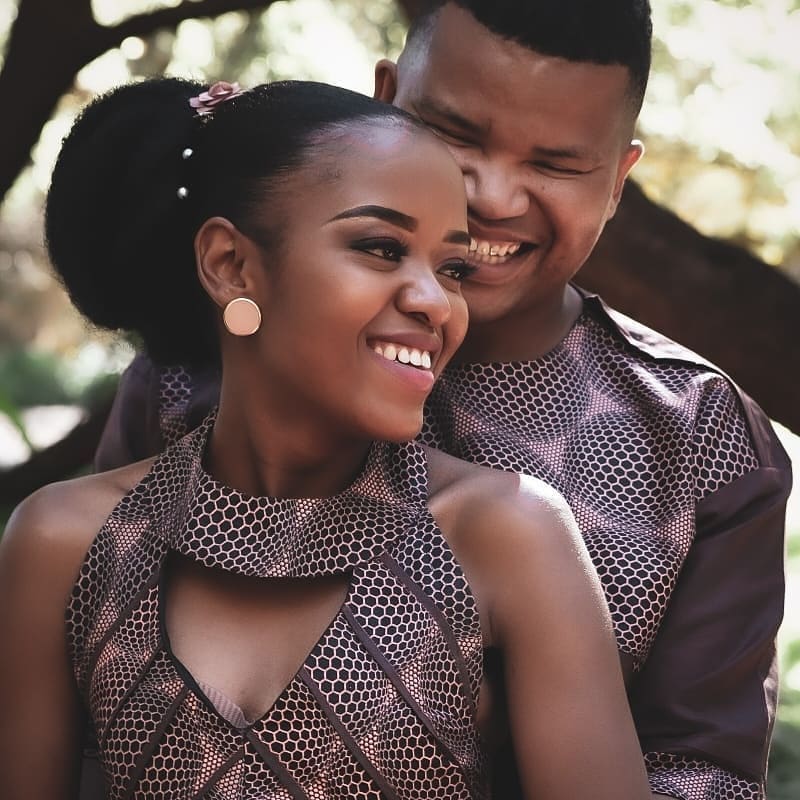
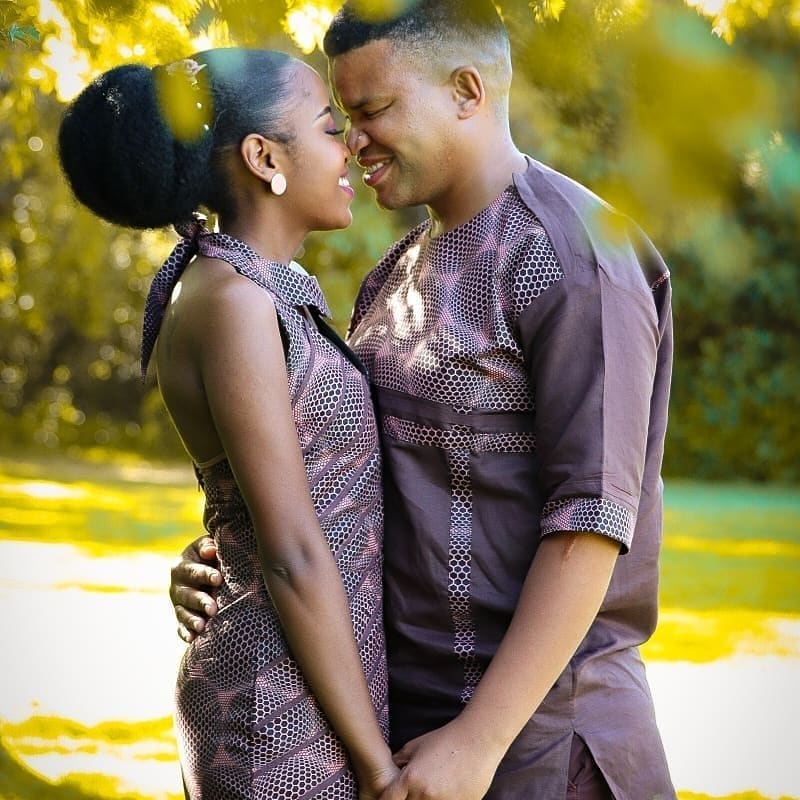
Materials and Patterns Used in Sotho Traditional Dresses
Sotho Traditional Attire is crafted using a variety of materials and patterns that hold cultural significance. The dresses are usually made from basketwork, cotton, or wool fabric, giving them a traditional and authentic feel. The patterns used in Sotho Traditional Dresses often depict symbols and stories from the Sotho culture, such as the sun, rivers, animals, and people. These patterns are carefully incorporated into the dresses, creating a beautiful and meaningful representation of the Sotho heritage.
In conclusion, Sotho Traditional Attire for African ladies is a testament to the rich cultural heritage of the Sotho people. The different types of dresses and the materials and patterns used reflect the customs, beliefs, and values of the community. By embracing and wearing these traditional dresses, African ladies can proudly showcase their cultural roots and contribute to the preservation and celebration of the Sotho
heritage.

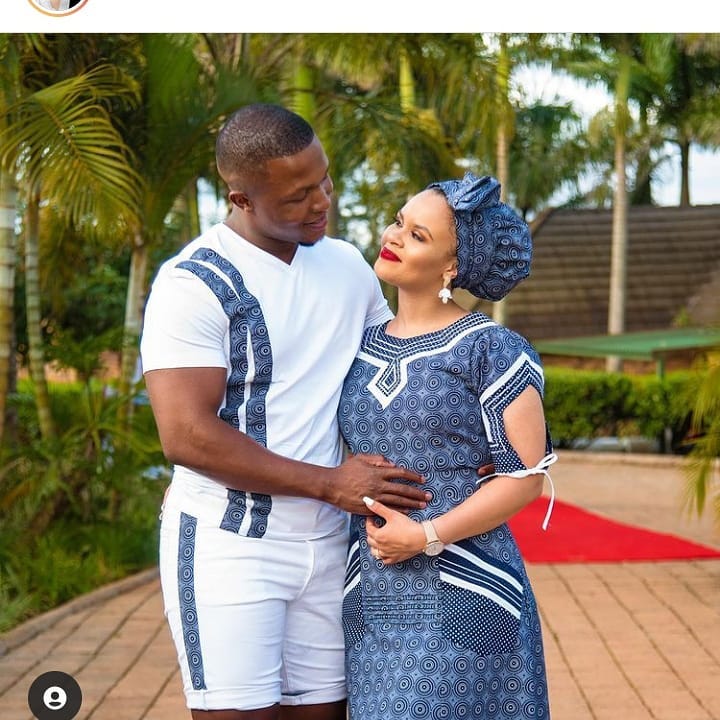

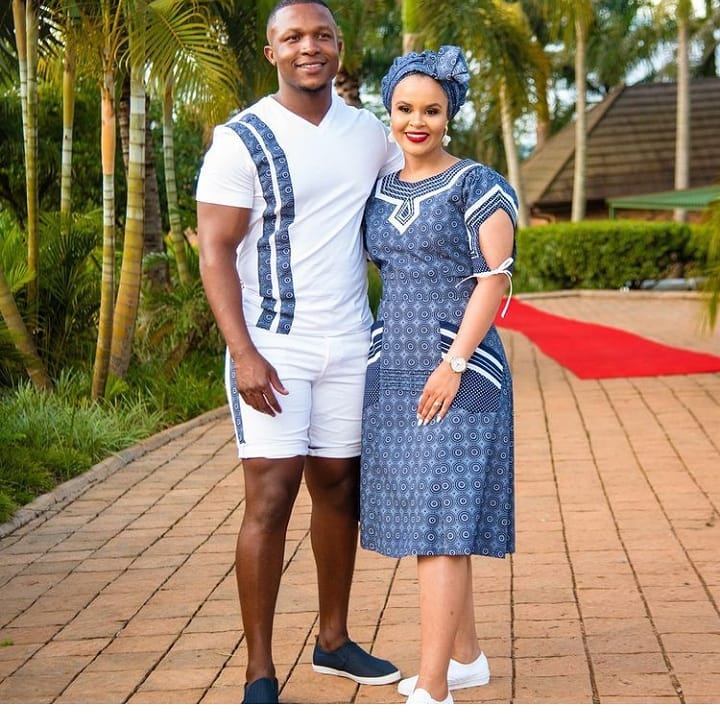
Traditional Skirts
Styles and Designs of Sotho Traditional Skirts
Sotho Traditional Skirts are an integral part of the vibrant and diverse collection of attire for African ladies. These skirts come in a variety of styles and designs, each representing a different aspect of the Sotho culture. One popular style is the pleated skirt, which features neatly folded and stitched pleats that create a graceful and elegant silhouette. Another style is the wrap skirt, which is made from a single piece of fabric that is wrapped and secured around the waist, allowing for flexibility and ease of movement. These skirts often showcase vibrant colors, geometric patterns, and intricate embroidery, adding to their visual appeal and cultural significance.
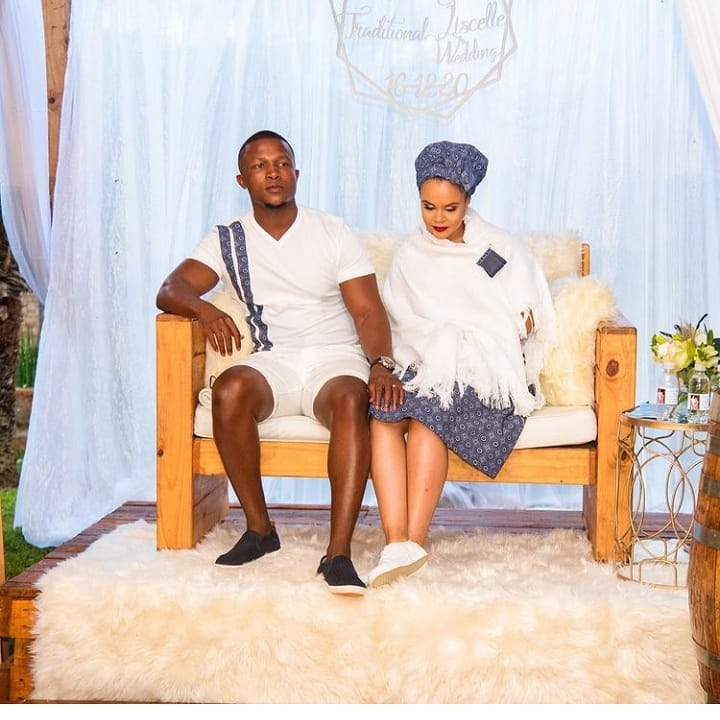

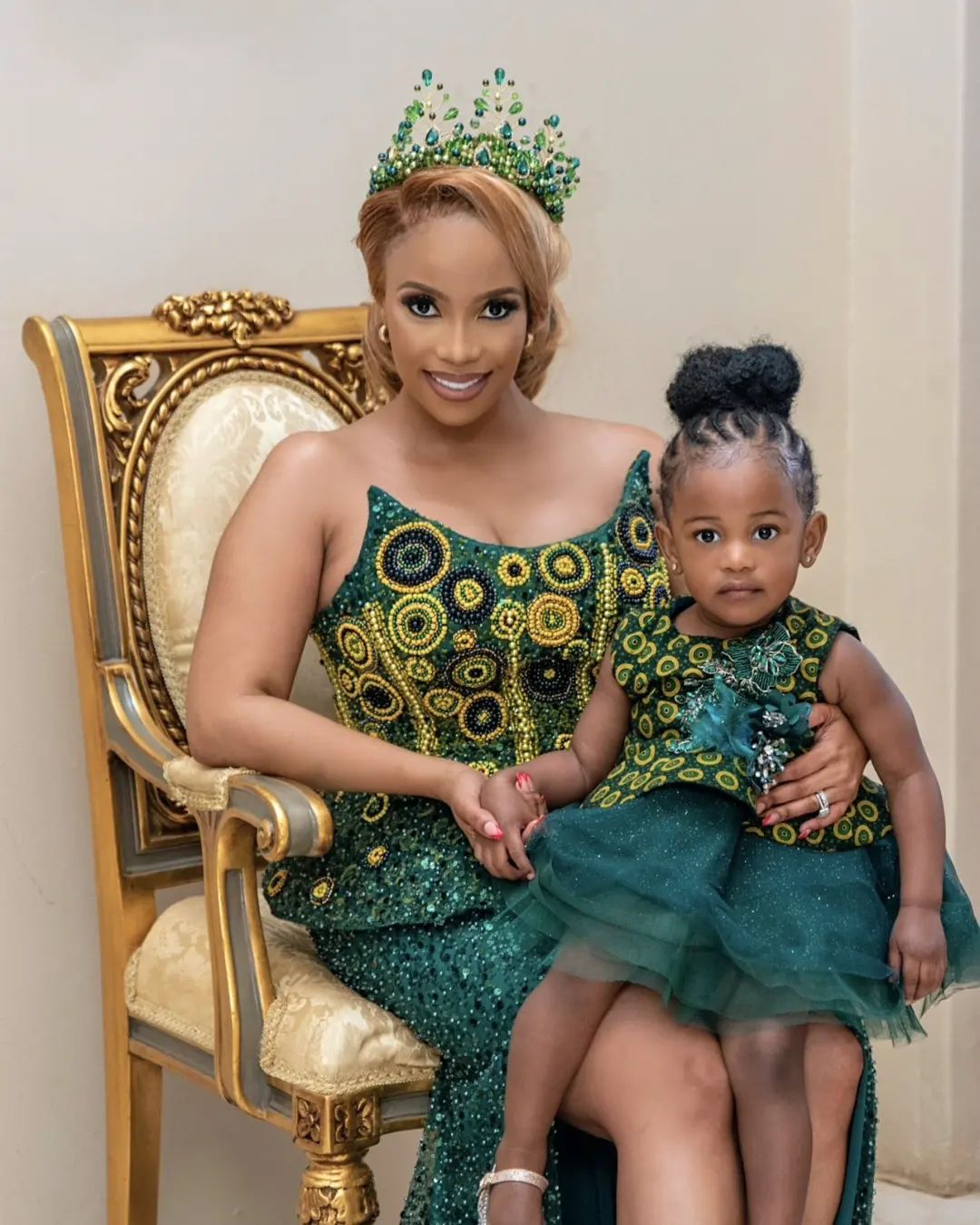
Colors and Accessories for Sotho Traditional Skirts
Colors play a significant role in Sotho Traditional Skirts, with each color representing different meanings and emotions. Red is often associated with love and passion, while blue symbolizes peace and tranquility. Yellow represents happiness and prosperity, and green signifies growth and fertility. In addition to colors, accessories play a crucial role in completing the Sotho Traditional Skirt ensemble. Women often adorn themselves with beaded necklaces, bracelets, and earrings, as well as traditional headpieces and scarves. These accessories not only add to the beauty of the outfit but also showcase the cultural heritage and personal style of the wearer.
In conclusion, Sotho Traditional Skirts are not just clothing items; they are vibrant representations of the Sotho culture and heritage. The various styles, designs, colors, and accessories reflect the customs, beliefs, and values of the community. By embracing and wearing these traditional skirts, African ladies can proudly showcase their cultural roots and contribute to the preservation and celebration of the Sotho heritage in 2024 and beyond.
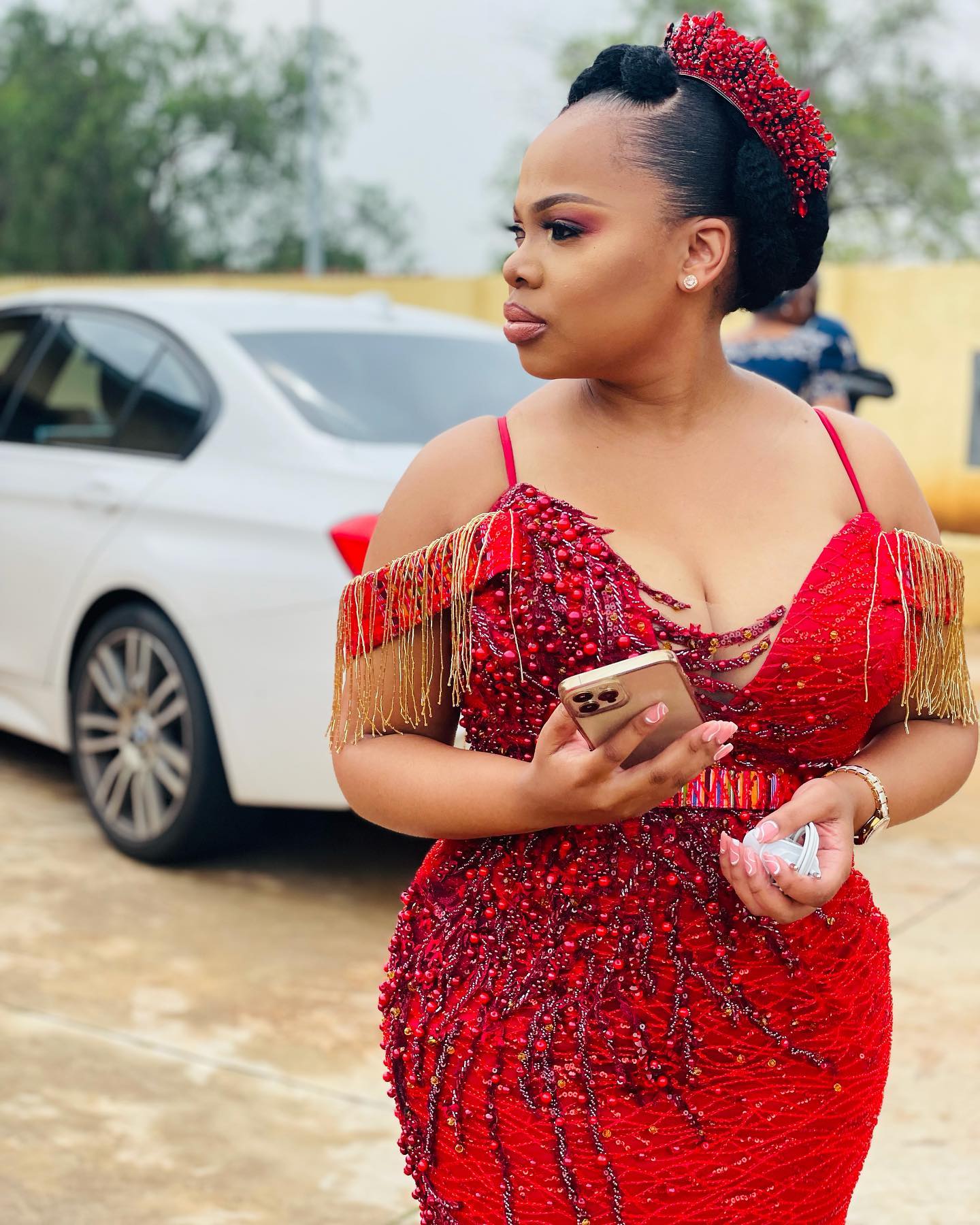

Traditional Tops
Variety of Sotho Traditional Tops
Sotho traditional attire for African ladies goes beyond skirts; it also includes a wide variety of tops that beautifully complement the vibrant and diverse collection of Sotho clothing. These tops come in different styles, each representing a unique aspect of the Sotho culture. One popular style is the Basotho blouse, which features a loose and flowy silhouette with intricate embroidery and vibrant patterns. Another style is the Sotho vest, which is a sleeveless top often worn over a skirt or pants, showcasing a mix of colorful fabrics and traditional beadwork. Additionally, there are traditional Sotho blouses with bell-shaped sleeves and high collars, adding an elegant touch to the outfit.
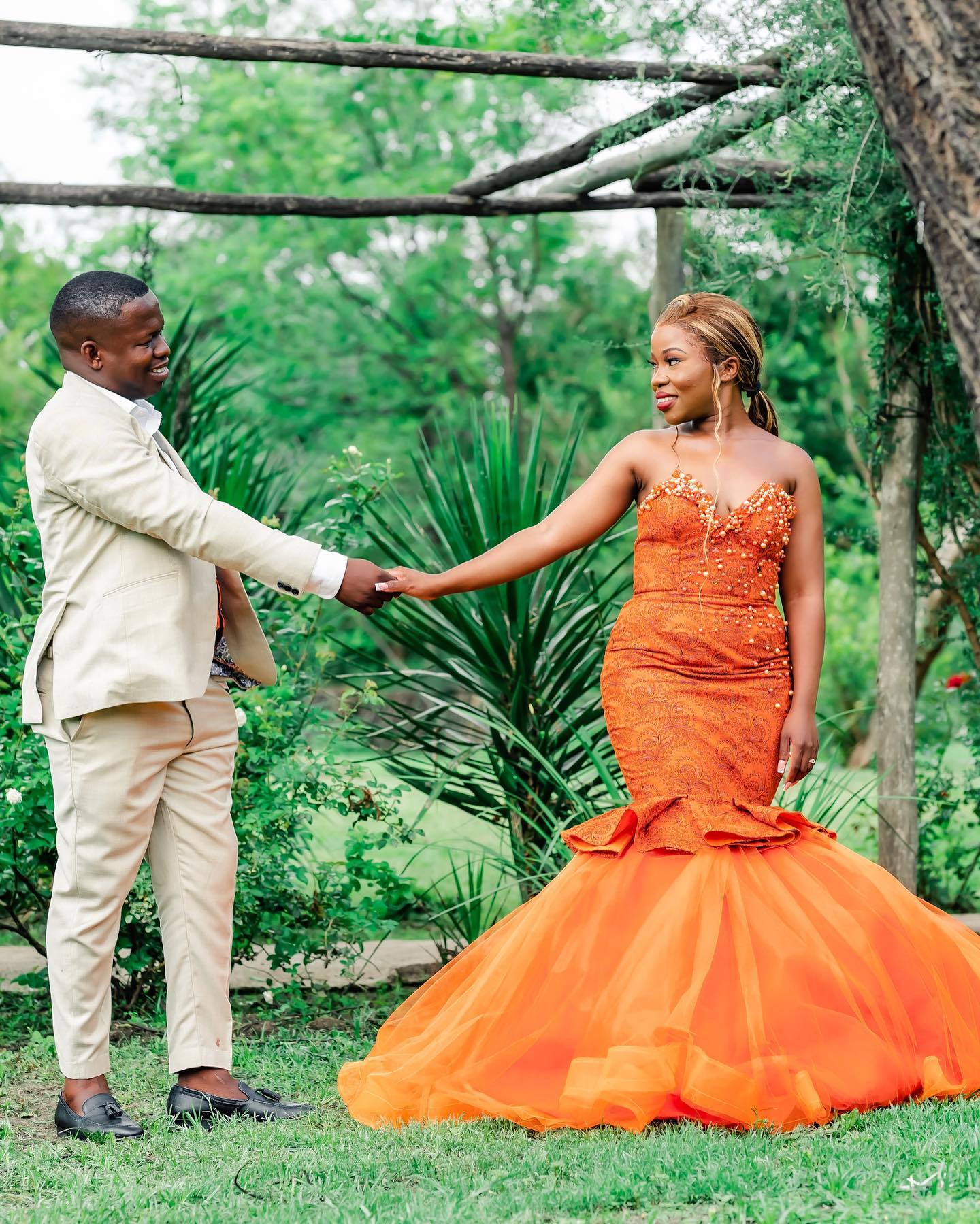

Decorations and Embellishments on Sotho Traditional Tops
Sotho traditional tops are not only known for their various styles but also for their exquisite decorations and embellishments. These tops often feature intricate beadwork, which is meticulously handcrafted and sewn onto the fabric. This beadwork showcases intricate patterns, geometric designs, and vibrant colors, adding a touch of glamour and cultural significance to the outfit. In addition to beadwork, Sotho traditional tops may also be adorned with colorful embroidery, appliques, and patches, further showcasing the artistry and craftsmanship of the Sotho people.
In conclusion, Sotho traditional tops play a vital role in African ladies’ traditional attire, allowing them to showcase their cultural heritage and express their personal style. With their variety of styles and stunning decorations, these tops are a testament to the rich and vibrant Sotho culture. In 2024 and beyond, African ladies will continue to embrace and celebrate Sotho traditional tops as a symbol of their identity, customs, and traditions.
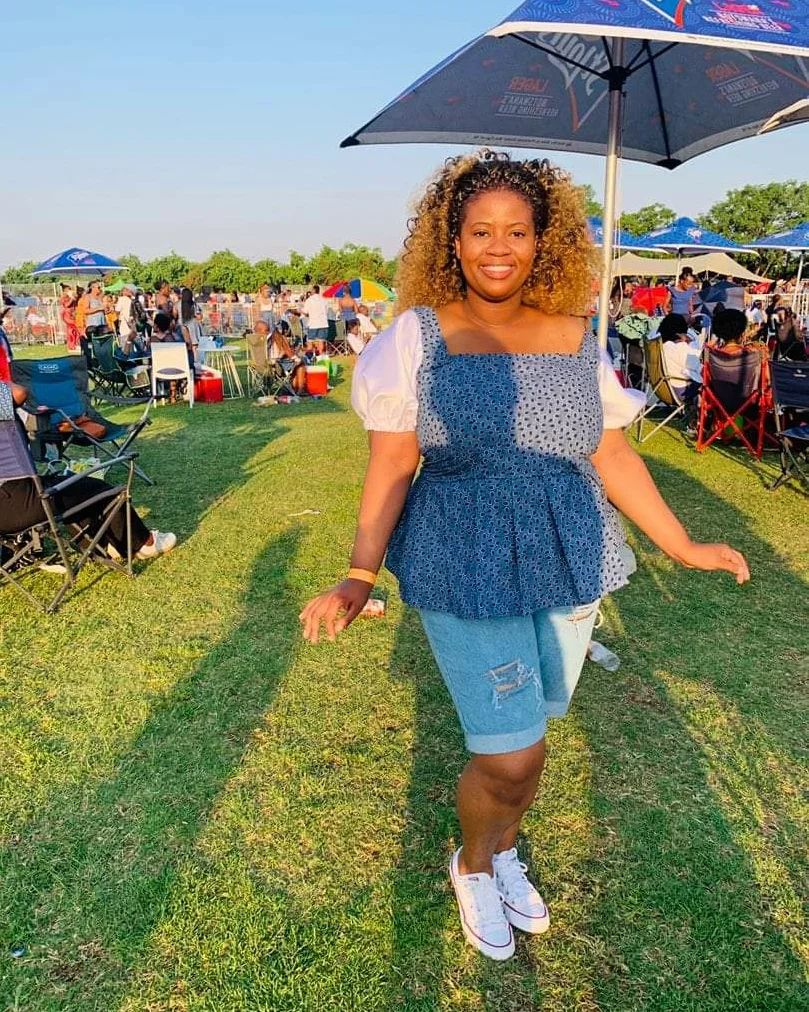
Headwraps and Accessories
Significance of Headwraps in Sotho Culture
In Sotho culture, headwraps hold great significance and are an integral part of traditional attire for African ladies. The headwrap, known as “tuku” or “doek” in Sotho language, is not only a fashion accessory but also carries cultural and symbolic meaning. It represents respect, femininity, and pride in one’s heritage. The different colors, patterns, and tying styles of headwraps can also convey messages about a woman’s marital status, occupation, or social standing. Wearing a headwrap allows African ladies to connect with their roots, celebrate their heritage, and showcase their sense of style all at once.
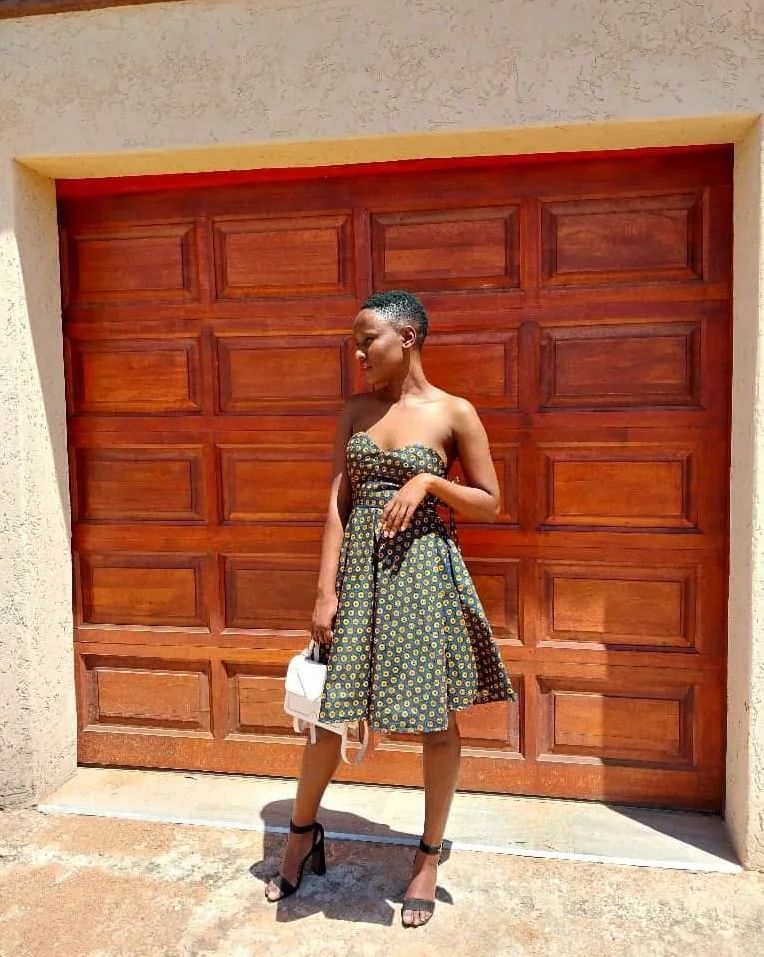
Matching Accessories for Sotho Traditional Attire
To complete the Sotho traditional attire, African ladies often adorn themselves with various accessories that complement their look. One popular accessory is the beaded necklace, which adds a touch of elegance and traditional craftsmanship. These necklaces are often handcrafted using vibrant beads in different colors and patterns. Additionally, African ladies may wear traditional bracelets, known as “dipotsana,” made from bone, wood, or beads. These bracelets not only enhance the overall aesthetic but also showcase the cultural traditions of the Sotho people. Other accessories that can be paired with Sotho traditional attire include earrings, anklets, and beaded belts, all contributing to a complete and stunning look.
In 2024 and beyond, African ladies will continue to embrace and celebrate headwraps and accessories as an essential part of Sotho traditional attire. These elements not only enhance their beauty but also allow them to proudly showcase their cultural heritage and keep their traditions alive.
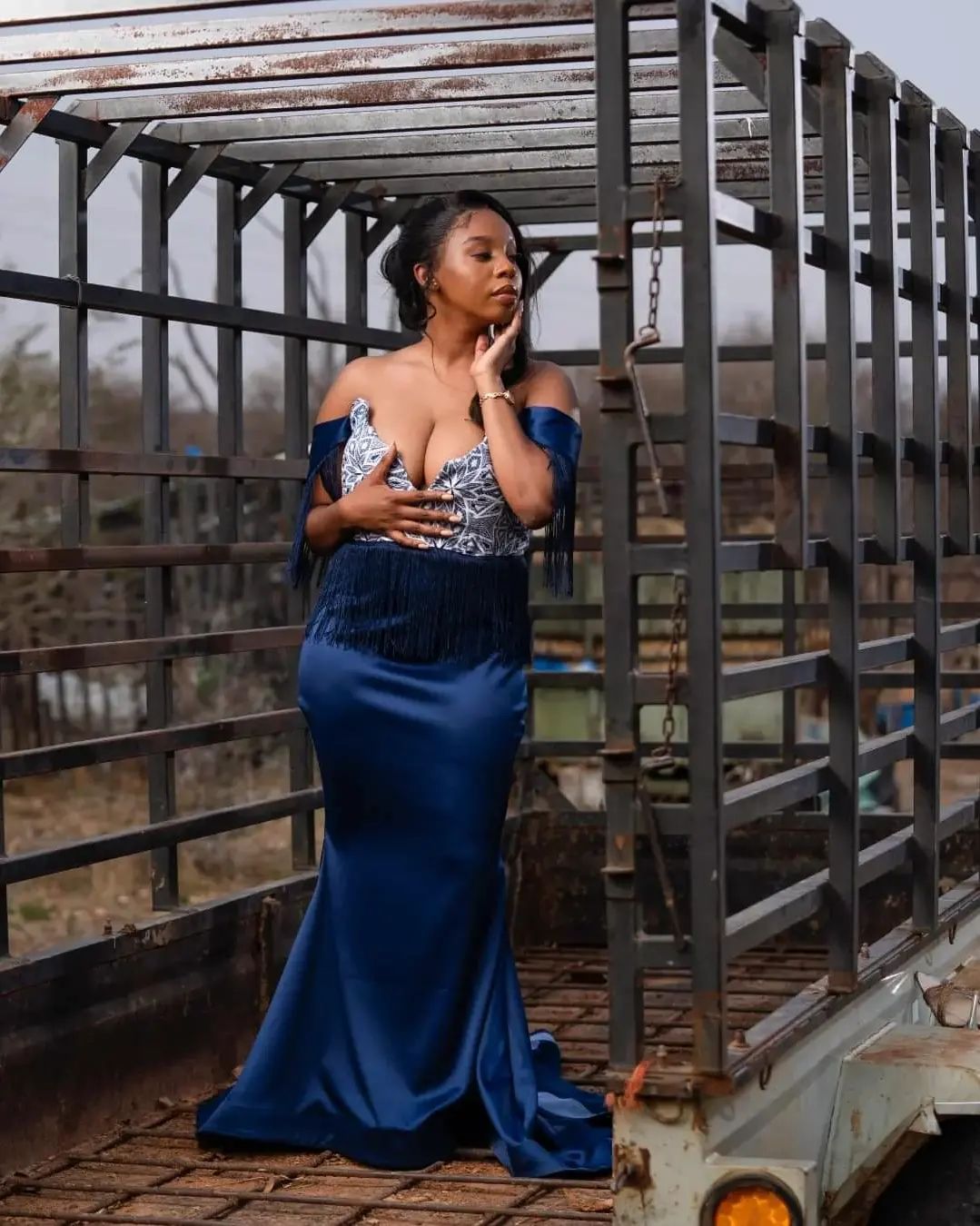
Comments are closed.